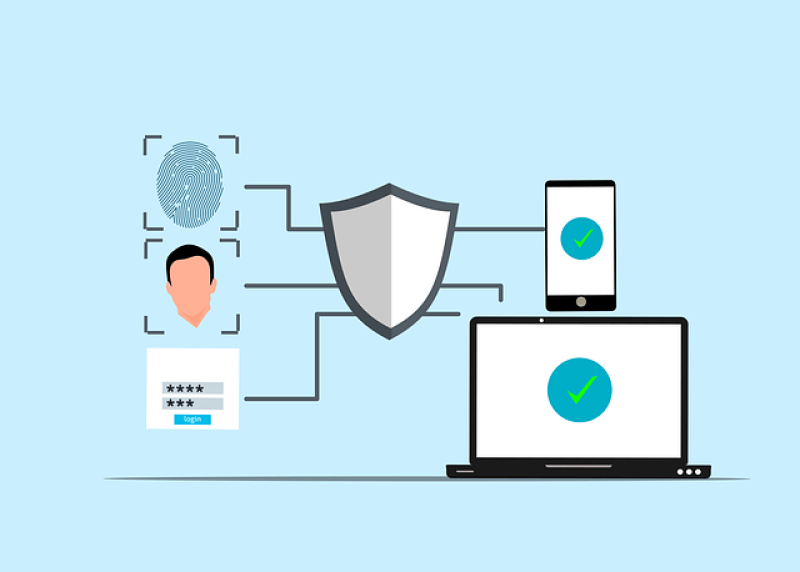The Traditional Security Perimeter Is Dead
For decades, enterprise security relied on a simple model: build a strong perimeter (firewalls, VPNs) to keep threats out, then trust everything inside the network. This castle-and-moat approach worked when employees accessed systems from office desktops.
But in 2025, Dubai’s workforce is distributed. Developers code from Marina apartments, sales teams demo from client offices, and support staff work from co-working spaces across the city. Cloud applications, mobile devices, and third-party integrations have dissolved the network perimeter entirely.
A single compromised credential can grant attackers full access to sensitive data. For Dubai SaaS companies handling financial data, health records, or customer PII, this is catastrophic.
What Is Zero-Trust Architecture?
Zero-trust security operates on one principle: never trust, always verify. Every access request—regardless of source—must be authenticated, authorized, and continuously validated before granting access to resources.
Key components include:
Identity Verification: Multi-factor authentication (MFA) for all users, devices, and applications
Least Privilege Access: Users receive minimum permissions needed for their role
Micro-Segmentation: Network divided into small zones with strict access controls
Continuous Monitoring: Real-time analysis of user behavior to detect anomalies
Implementing Zero-Trust in Five Stages
Stage 1 – Identity & Access Management
Deploy a centralized identity platform (Okta, Azure AD, or Auth0) that enforces:
- Multi-Factor Authentication: Require SMS codes, authenticator apps, or biometric verification
- Single Sign-On (SSO): Reduce password fatigue while maintaining security
- Conditional Access Policies: Block logins from risky locations or unmanaged devices
For a Dubai fintech startup, implementing MFA reduced account takeover attempts by 99.7%.
Stage 2 – Device Trust & Endpoint Security
Not all devices are secure. Zero-trust validates device health before granting access:
- Device Registration: Only approved, managed devices can access corporate resources
- Security Posture Checks: Verify anti-malware software, OS patches, and disk encryption
- Mobile Device Management (MDM): Enforce security policies on employee smartphones
Stage 3 – Network Micro-Segmentation
Traditional networks are flat—once inside, attackers move laterally. Micro-segmentation divides the network into secure zones:
- Application-Level Isolation: Database servers only accept traffic from application servers
- User-Based Segmentation: Marketing can’t access engineering systems
- Dynamic Policy Enforcement: Access rules adjust based on user role and context
This approach contained a ransomware attack at a Dubai healthcare SaaS, limiting damage to a single isolated segment.
Stage 4 – Data Classification & Encryption
Not all data requires equal protection. Classify information by sensitivity:
- Public: Marketing content, blog posts
- Internal: Employee directories, project plans
- Confidential: Customer PII, financial records
- Restricted: Trade secrets, health data
Apply appropriate controls:
- Encryption at Rest: AES-256 for databases and file storage
- Encryption in Transit: TLS 1.3 for all network communication
- Data Loss Prevention (DLP): Block unauthorized file transfers or email attachments
Stage 5 – Continuous Monitoring & Response
Zero-trust isn’t a one-time implementation—it requires ongoing vigilance:
- SIEM Integration: Aggregate logs from all systems for real-time analysis
- User Behavior Analytics (UBA): Flag unusual patterns like off-hours logins or bulk downloads
- Automated Response: Automatically suspend suspicious accounts and trigger security investigations
Compliance Benefits for Dubai SaaS
Zero-trust directly supports compliance with:
UAE Personal Data Protection Law (PDPL): Demonstrates appropriate technical safeguards
ISO 27001: Aligns with access control and risk management requirements
SOC 2 Type II: Provides evidence of continuous security monitoring
Dubai companies certified under these frameworks win enterprise contracts and command premium pricing.
Real-World Implementation: Dubai Case Study
A DIFC-based payment processing platform implemented zero-trust over six months:
- Month 1-2: Deployed Okta SSO with MFA for 150 employees
- Month 3-4: Implemented network micro-segmentation using Palo Alto firewalls
- Month 5-6: Integrated Splunk SIEM for continuous monitoring
Results:
- Security incidents: Reduced 78%
- Compliance audit score: Increased from 72% to 96%
- Customer trust: Won three enterprise contracts requiring zero-trust certification
- Insurance premiums: Cyber insurance costs decreased 23%
Start Your Zero-Trust Journey
Begin with an asset inventory—catalog all applications, data stores, and user accounts. Map existing access patterns to identify excessive permissions. Then implement zero-trust principles progressively, starting with your most critical systems.
Ready to fortify your SaaS platform? Connect with our PPC Dubai team to amplify your security content and position your company as a trusted leader in the Dubai market.



